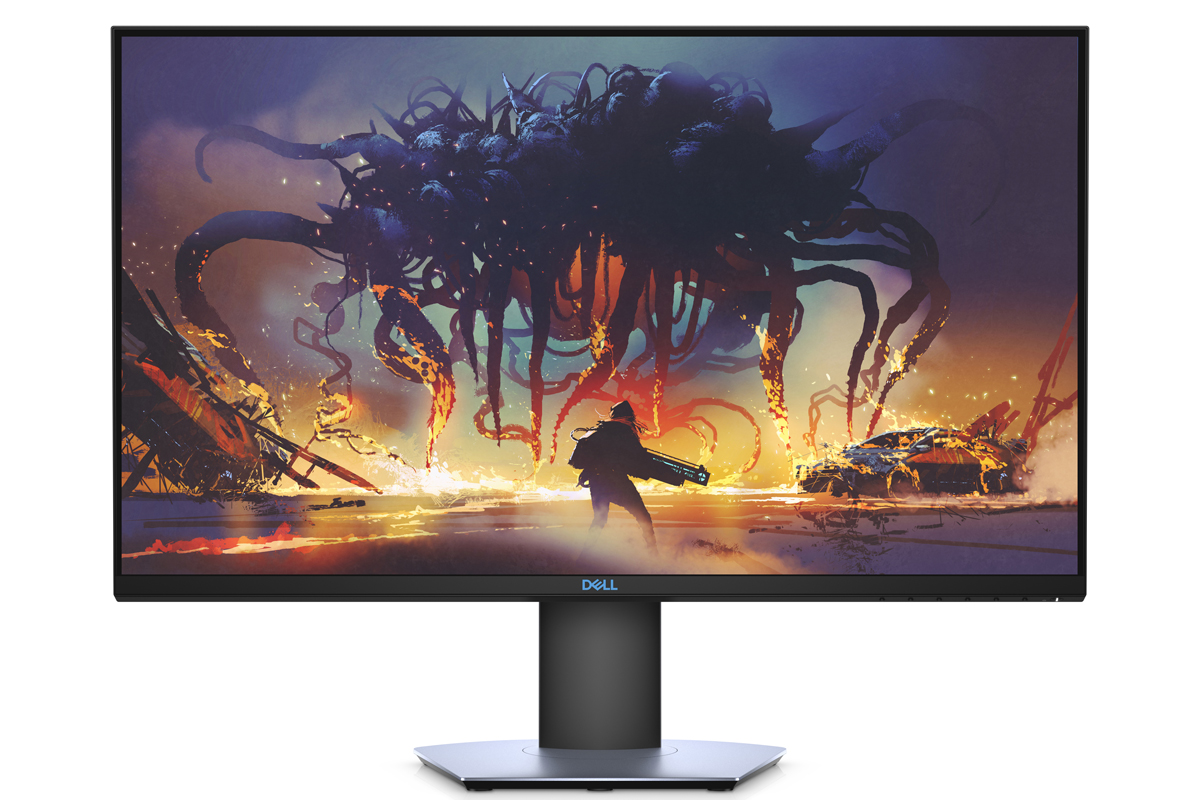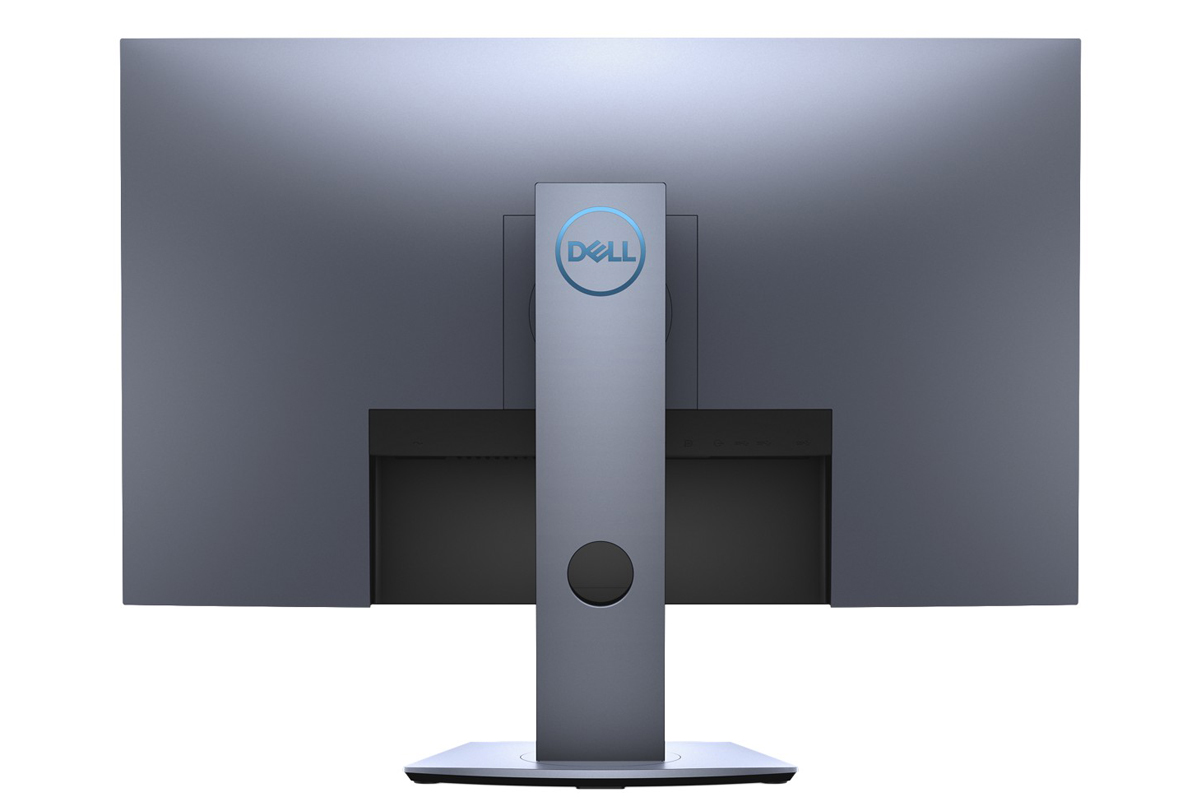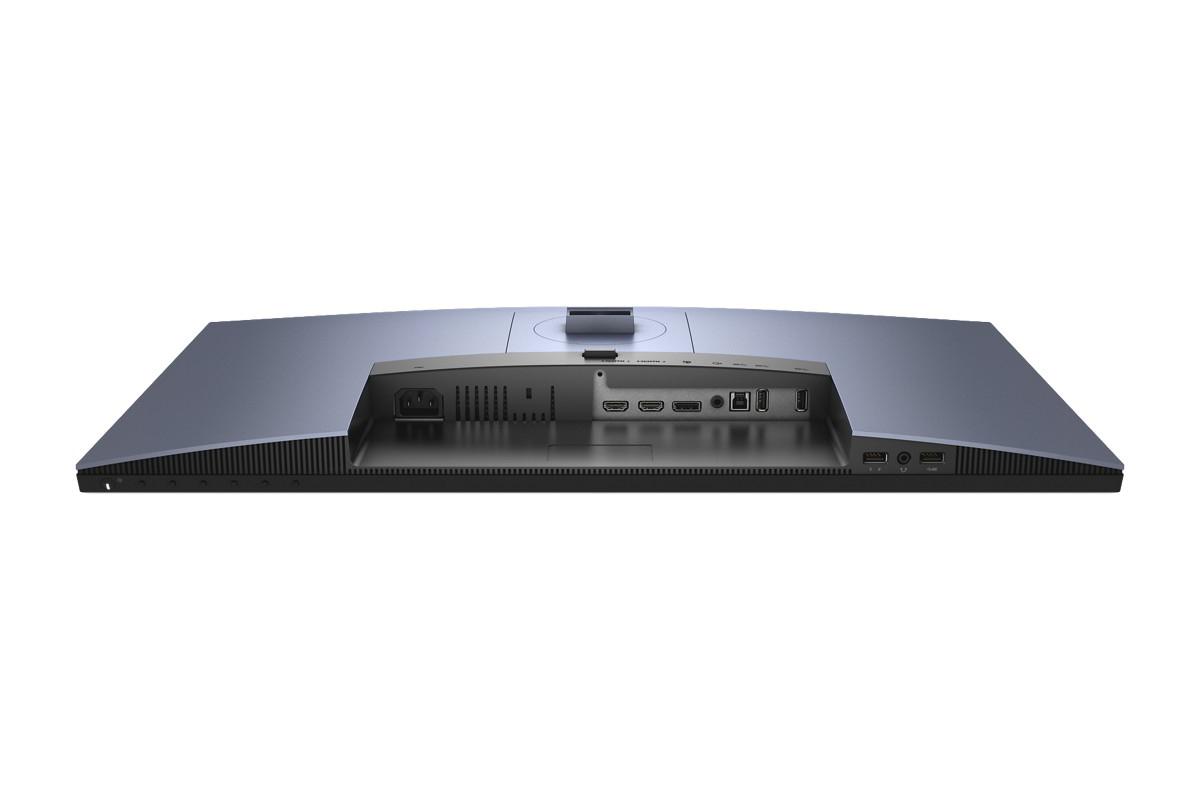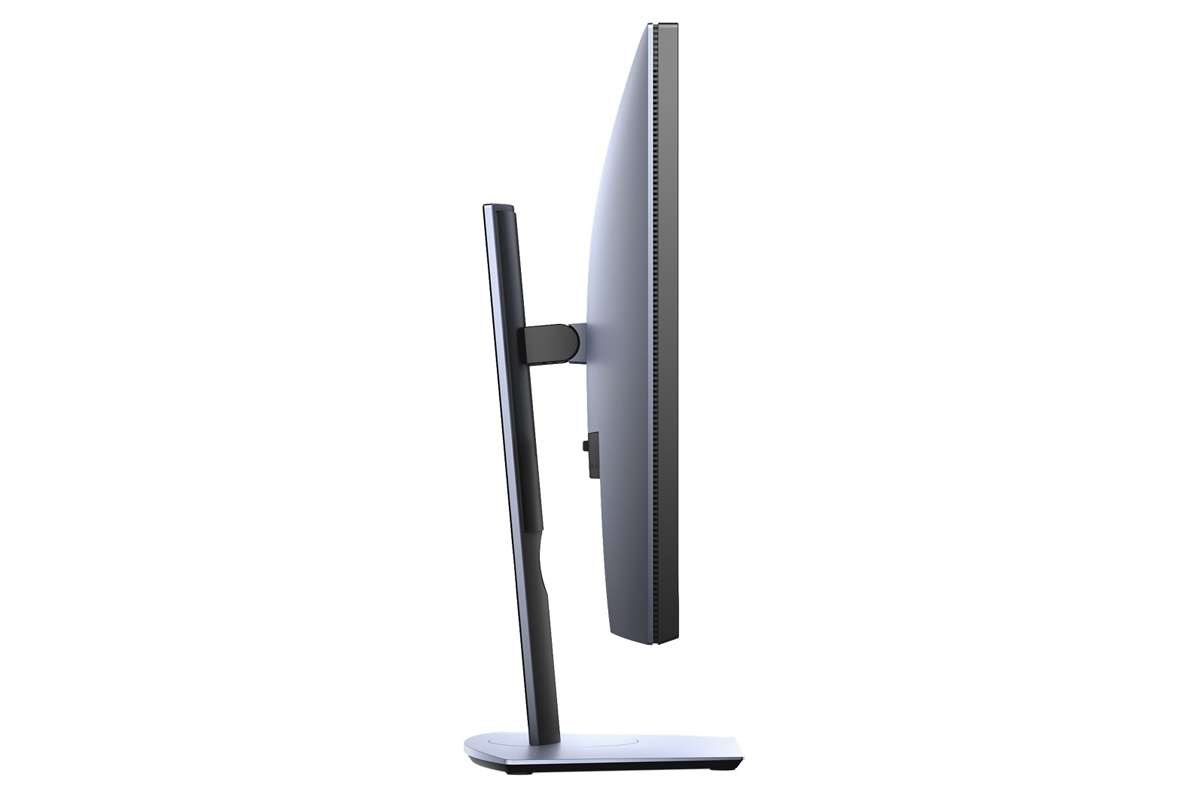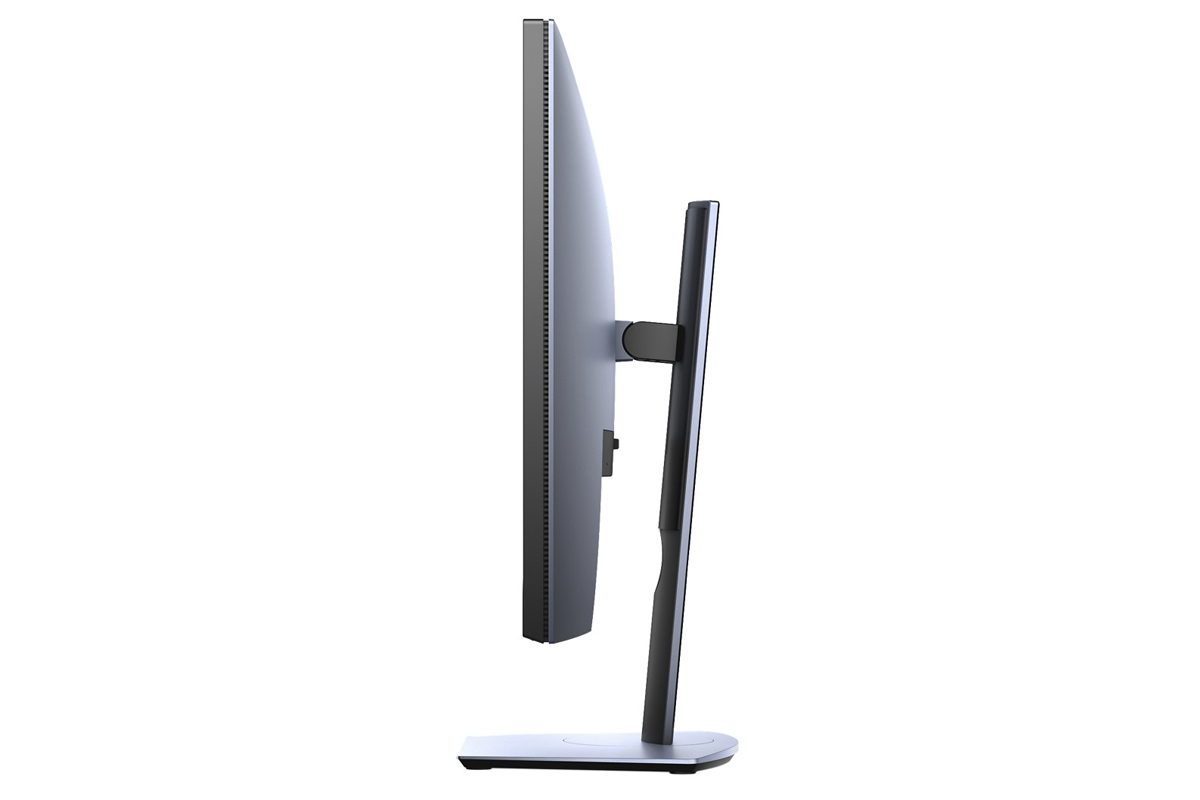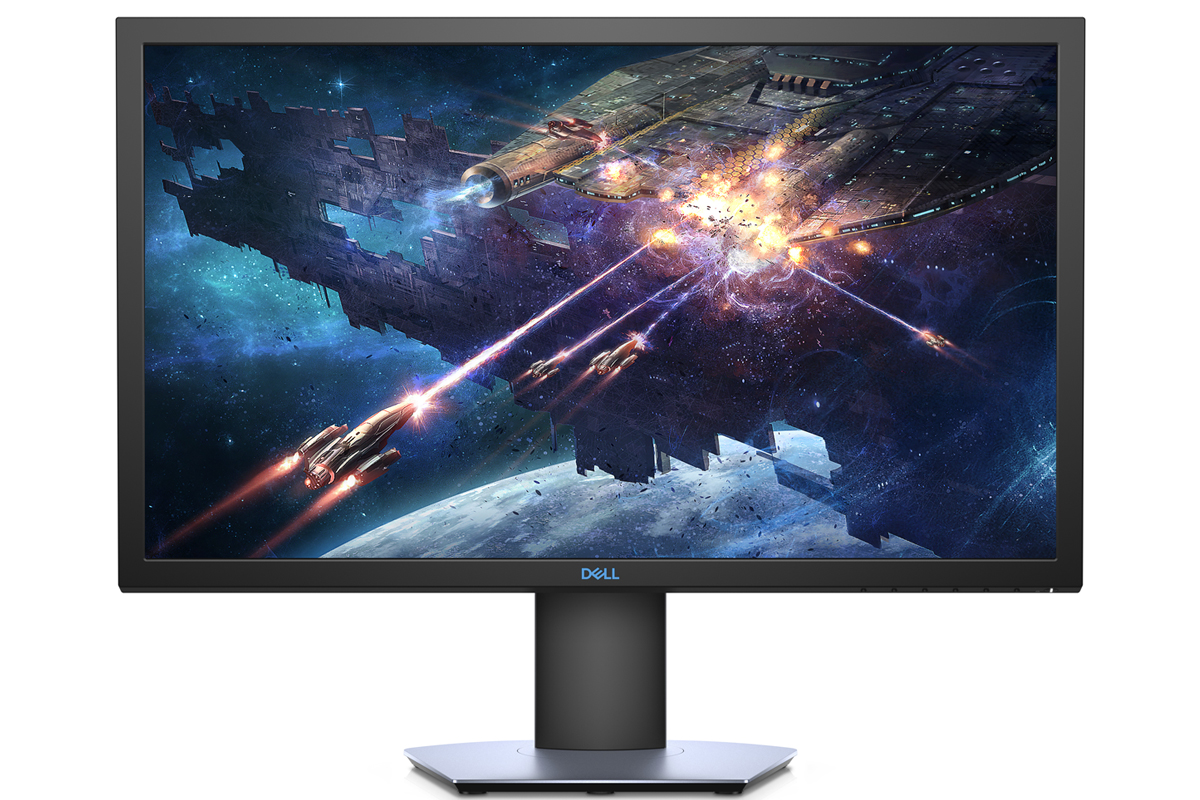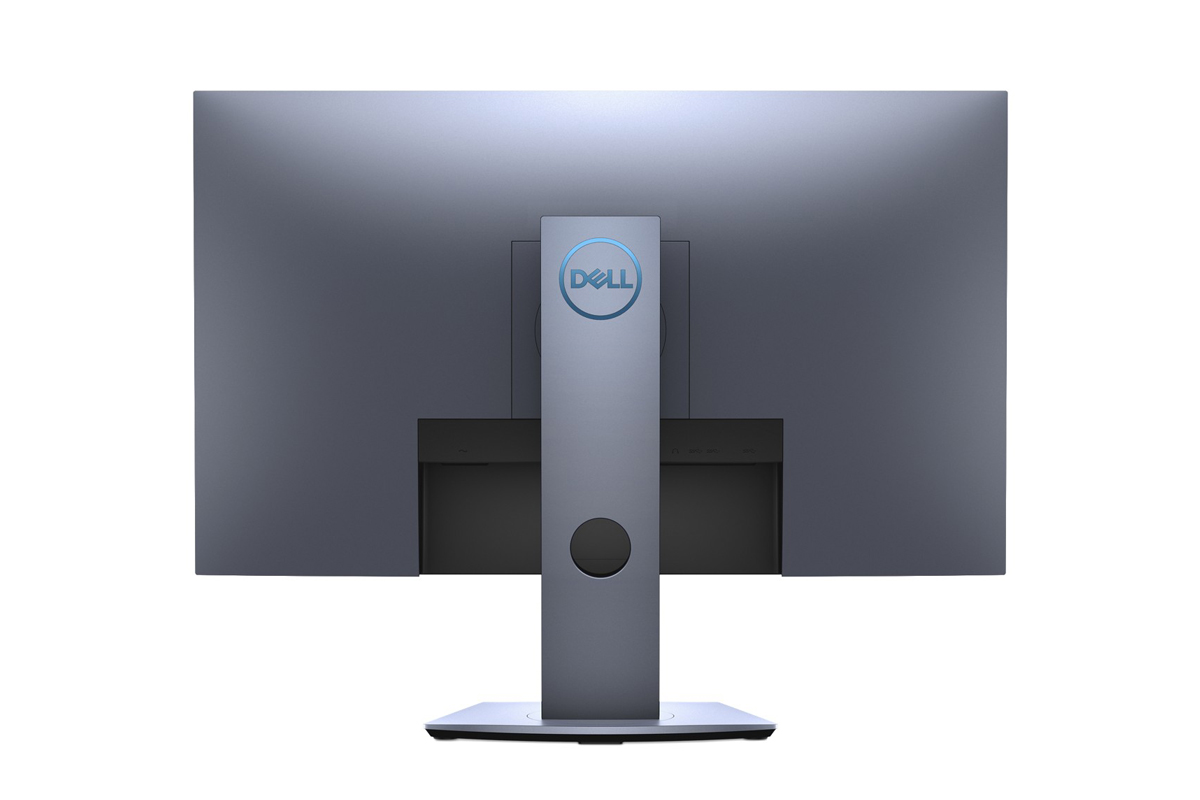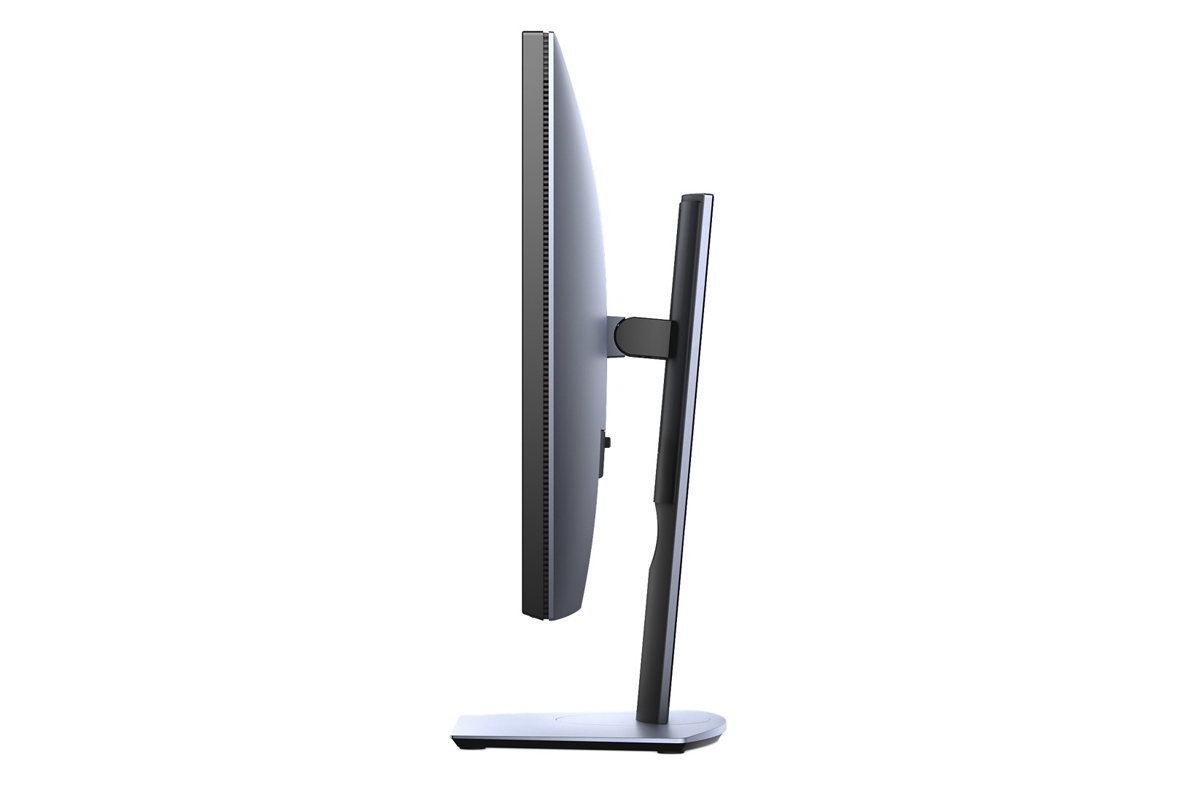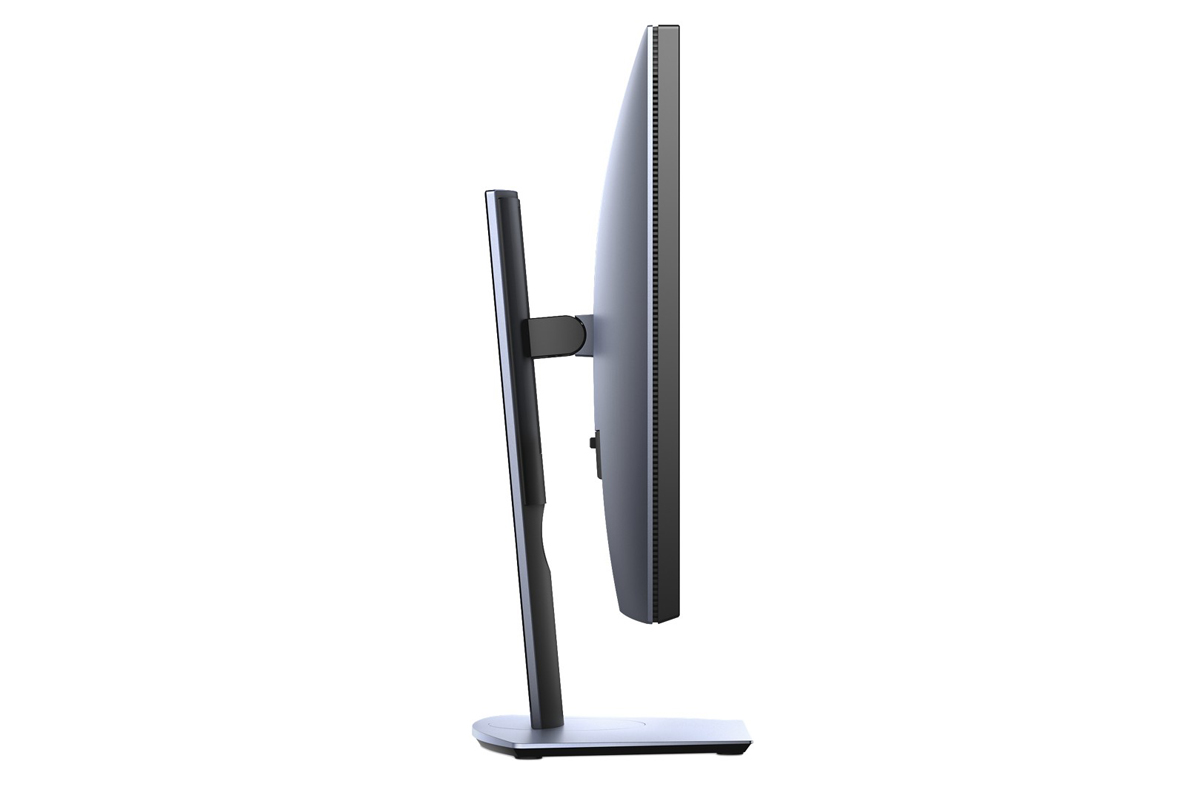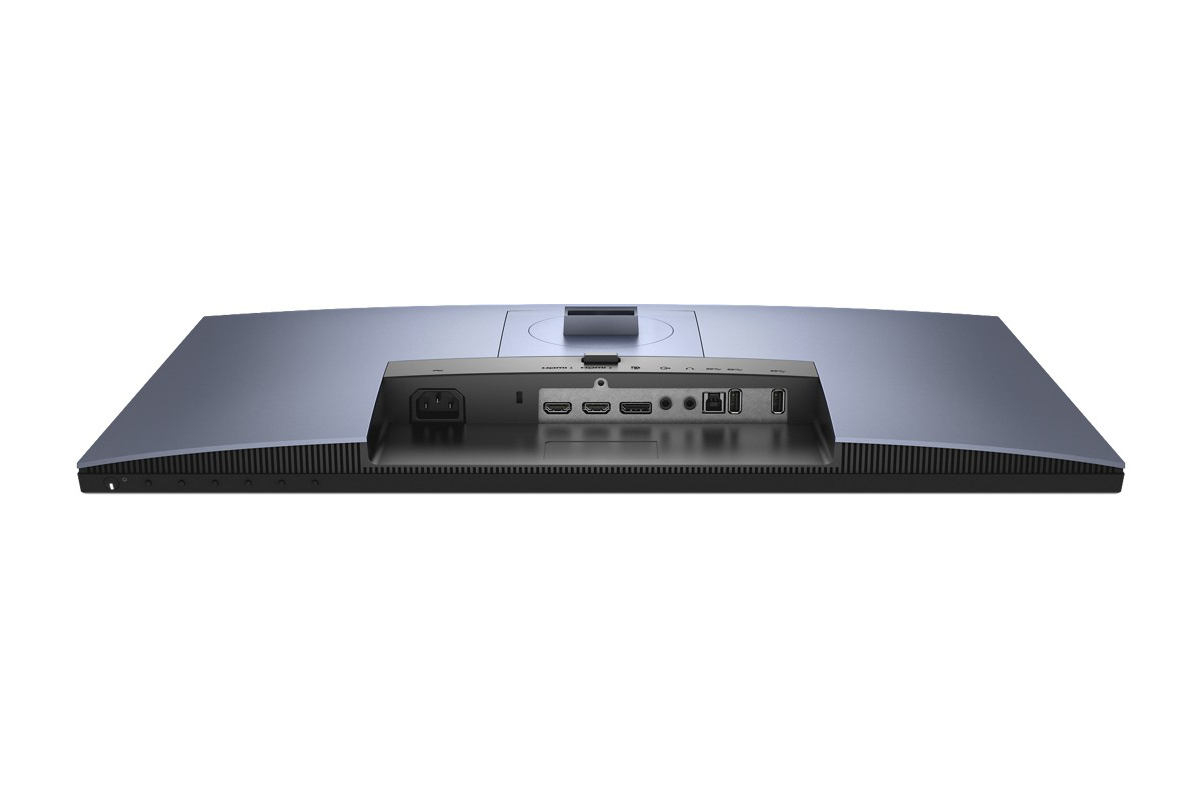Dell has a pair of new Ultrasharp displays aimed squarely at gamers, and for those who value speed and responsiveness overall, they could be an ideal upgrade avenue in the near future. Sporting refresh rates as high as 155Hz, resolutions up to 1440P, and the option of both 24- and 27-inch panels, there’s plenty to like about the new, Freesync equipped displays. But will they join the pantheon of the best gaming displays available today?
The Dell 2719DGF is a 27-inch, TN-panel monitor with a clean, professional look to its chassis. The understated aesthetic extends to its bezels, which are wonderfully thin, and the frame’s height and tilt angle can be adjusted, swiveled, and pivoted to help line it up perfectly with your position at your desk.
The native resolution of the display is 2560 x 1440, with a 144hz refresh rate over HDMI 2.0 and DisplayPort — although its overclockable to 155Hz. Response time is as fast as it gets at 1ms, so ghosting will be nonexistent.
Owing to this being a TN panel, color support isn’t as rich as other displays, but it still reaches 84 percent of the NTSC gamut, and has a static contrast ratio of 1,000:1. Viewing angles are restricted to 170 degrees on the horizontal. Port selection includes an HDMI 2.0 connector, a single HDMI 1.4 port, a DisplayPort 1.2 connector, and five USB ports. One USB BC 1.2 charging port and three USB 3.0 downstream ports. There are also headphone and audio line-out jacks.
When it debuts on August 28, the 2719DGF will be priced at $550.
The Dell 2419HGF is the smaller of the two new displays, but its features are no less impressive. It’s a 1080p display with a TN panel that gives a 1ms gray to gray response time. Its refresh rate is 120Hz native but can be overclocked to enjoy up to 144Hz if desired. It enjoys the same 84 percent of NTSC color gamut support as its bigger brother, and the same 1,000:1 static contrast ratio.
Its ports are a little different, as it drops the HDMI 2.0 port in favor of a pair of HDMI 1.4 ports. It also has a single DisplayPort 1.2 connector and a trio of USB 3.0 ports — two downstream, one upstream. The standard headphone and audio-out jacks are also present.
Both monitors support Freesync (it’s different than G-Sync) and come with full support for Dell’s exhaustive Premium Panel Exchange program, which allows for a free replacement if even one bright pixel is found.
The 2419HGF will retail for $320 when it goes on sale on August 28.
